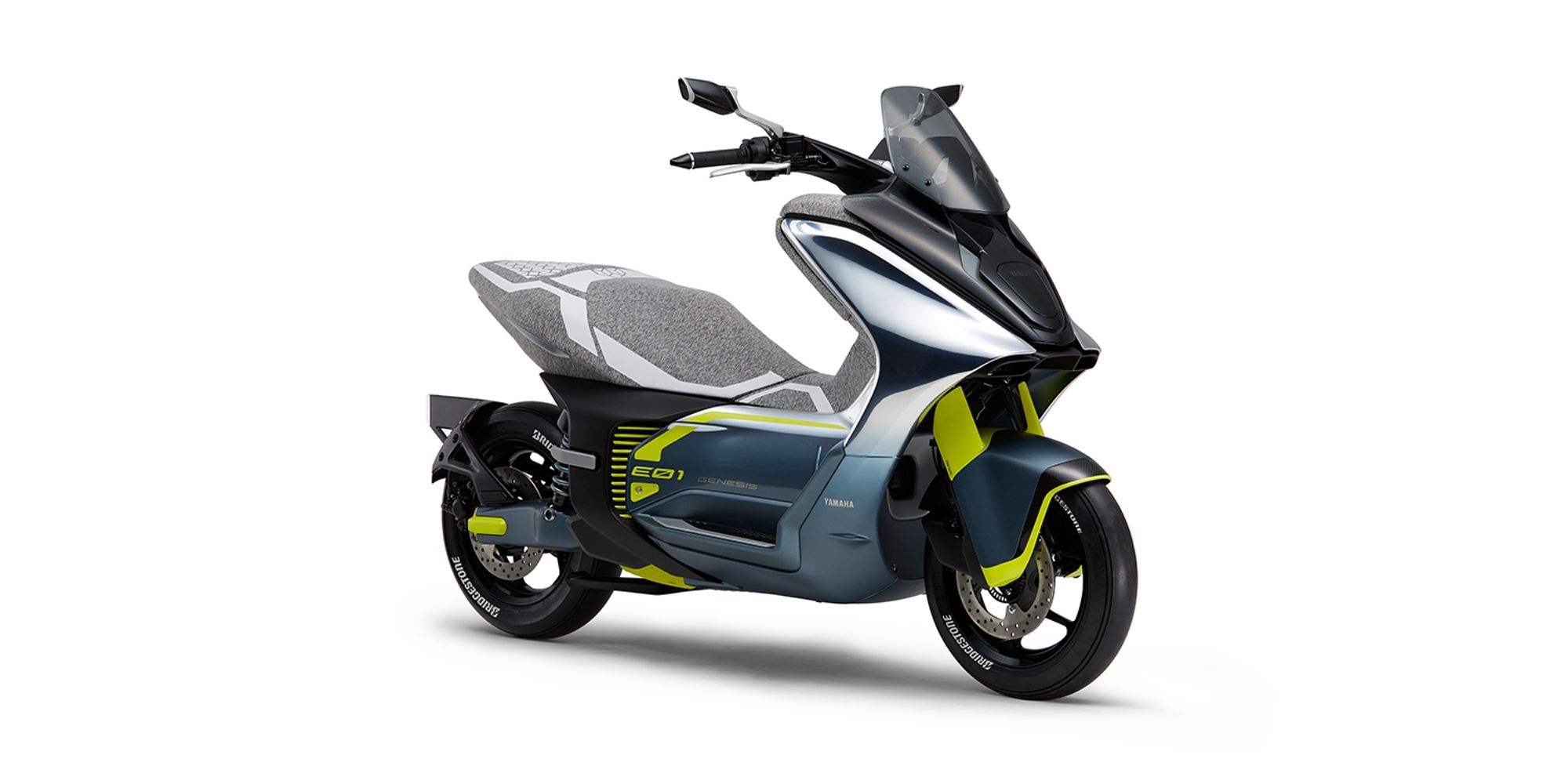
Yamaha is preparing to start manufacturing its new electric scooter; power must be the differential
Many reputable companies are seeing increased competition for electric vehicles from young startups that have only a few years in the market. Today the Yamaha is investing in electric motorcycles to try not to lose space in the market for renewable energy startups. The new bet company is Yamaha E01 electric scooter.
The project is not new. The Japanese company gave the first details about the electric scooter in 2019 at the Tokyo Motor Show. The Yamaha E01 electric scooter is quite different from the first models already released by Yamaha. The main change is the much higher power. The scooter must have a power of 125 cc, already well above the competitors that are in the market.
In 2019, the first images of Yamaha's electric scooter concept looked far removed from reality, even a little futuristic. However, things have changed. The company seems to be adapting to reality, showing a prototype that can be manufactured on a large scale for the most diverse markets.
Some features of the Yamaha E01
- Covered fender and spiked rear fender
- small mirrors
- Bench that seems to float
Yamaha is part of a consortium that also has Piaggio, KTM and Honda. The group's idea is to standardize the manufacture of batteries to be used in any electric motorcycle of these companies without too many difficulties. The understanding is that the market wins with ease and practicality to its customers.
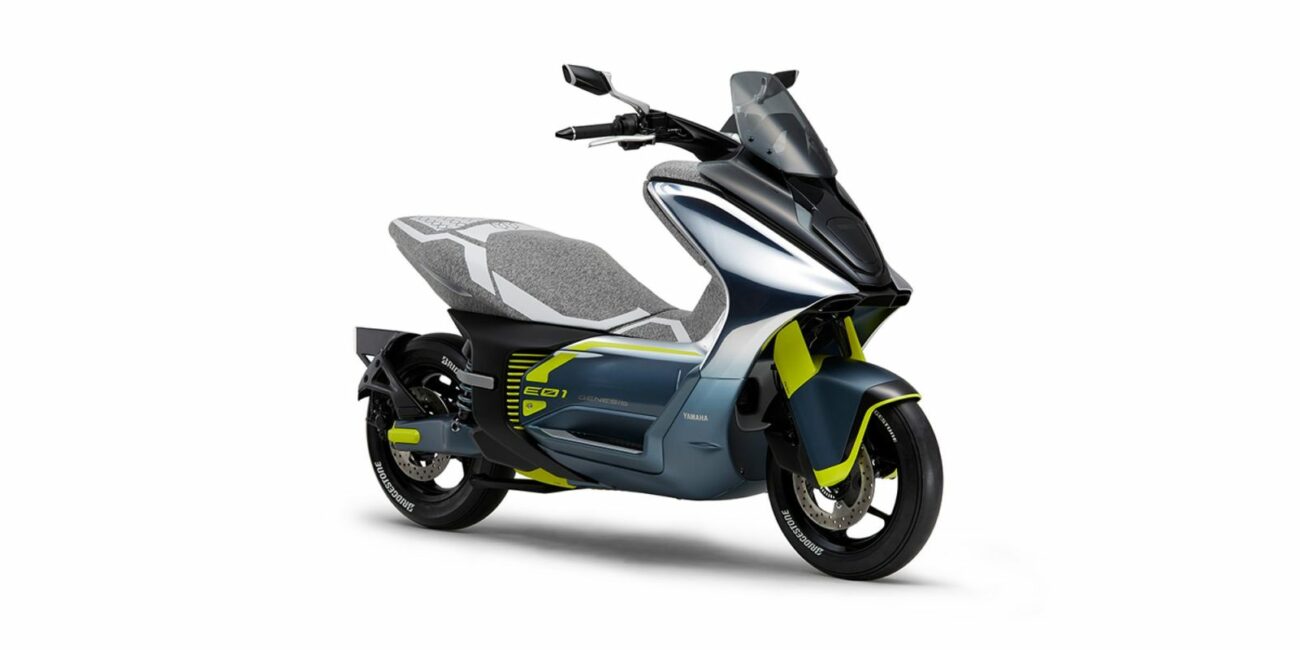
Electric scooter centralized battery
The Yamaha E01 battery will be in the central space, basically in place of the combustion engine. The same concept is used in the BMW C evolution: the battery sits between the driver's legs, but it is not designed to be removed.
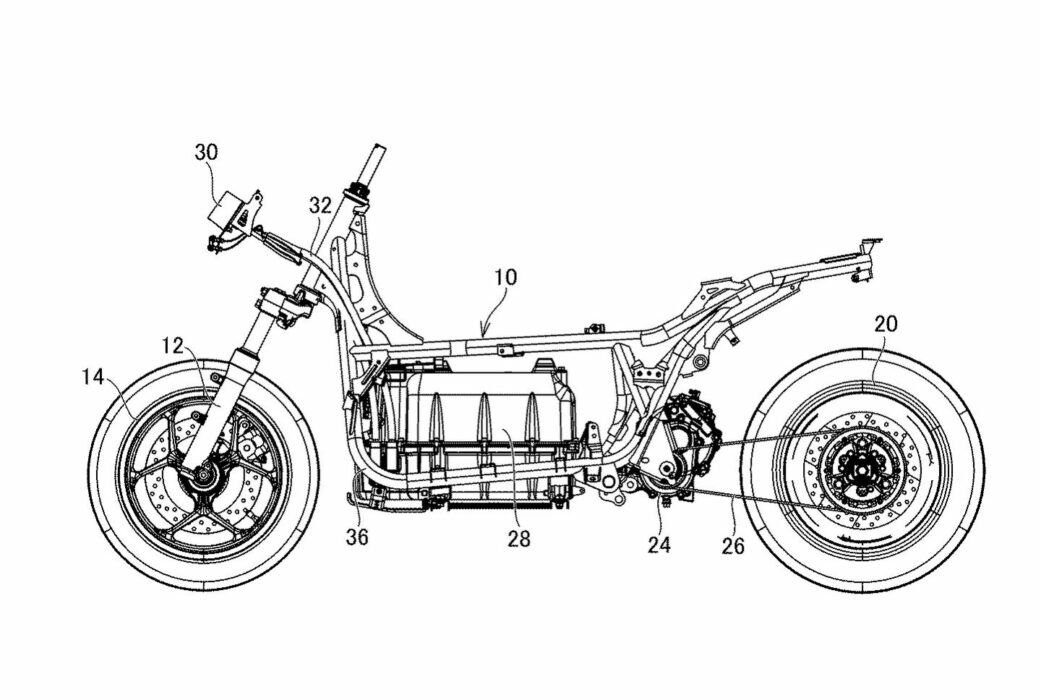
Yamaha's movements in Japan show that the company is getting closer to starting mass production. A much more user-friendly design, combined with the company's search for patents in Japan, indicate that the plan is about to get off the ground.


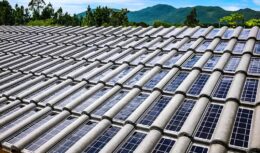


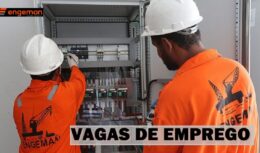





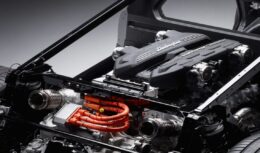
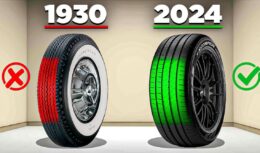
Army summons Brazilians with up to…
Come be a watermelon, you too
Air Force F-16 fighters…
Which genocide are you talking about? Than…
Air Force F-16 fighters…
Everything is fine, 100-year secrecy,…
Air Force F-16 fighters…
Well... It's flying scrap... Typical...
Brazil begins an ambitious journey…
Very poor project with the final station…
Ansioso pra começar
The responsibility of a commander of any…
Hello, my name is William, I would like to participate…
The matter is made announced the price…
I love
Excellent innovation that will heat up the competition.
According to data shared by Portal Solar, the…
Good, I'm in